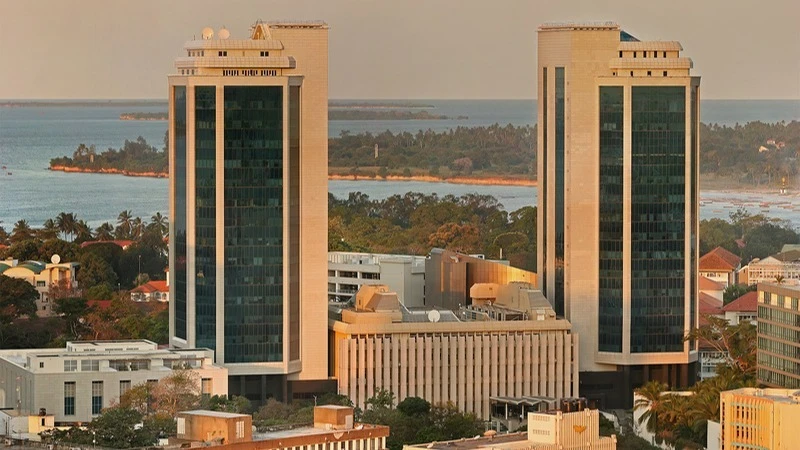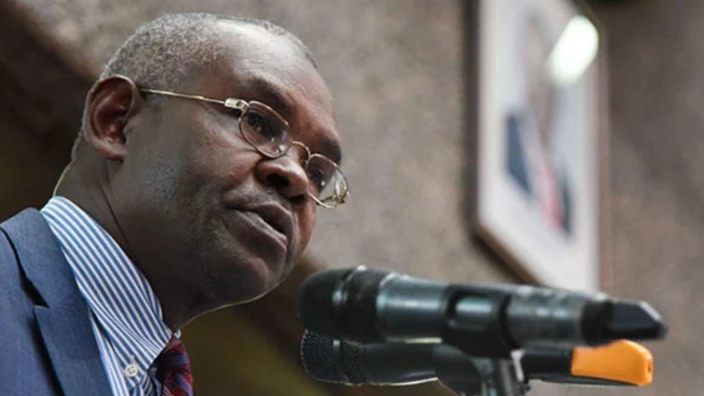BoT targeting relatively tight monetary policy in 2024/2025

THE Bank of Tanzania (BoT) has said the stance for monetary policy for 2024/2025 will be relatively tight, responding to the path-through effects of the recent exchange rate depreciation and high oil prices on inflation.
“The bank will execute this policy stance using the interest rate-based policy monetary policy framework,” reads part of the BoT’s Monetary Policy Statement (MPS) for June released late last week.
The statement said monetary policy for 2024/2025 will continue focusing on achieving the inflation target of 5 percent and facilitating the economic growth of 5.4 percent in 2024 and 5.8 percent in 2025 for Tanzania mainland and 7.2 percent and 6.8 percent for Zanzibar.
In line with this, the BoT says will review the Central Bank Rate (CBR) on quarterly basis and use monetary policy instruments to steer the 7-day Interbank Cash Market rate close to the CBR.
The central bank raised the CBR rate to 6 percent for the second quarter of this year ending at the end of June, from 5.5 percent during the first quarter of this year to purposely contain inflationary pressure emanating from depreciation of exchange rate on the inflation outlook.
From January to May 2024, BoT says the implementation of monetary policy succeeded to contain the 7-day Interbank Cash Market rate within the band of +/-200 basis point of CBR.
During the ten months period of the current financial year, inflation averaged 3.2 percent; lower than 4.7 percent recorded in the corresponding period of the previous financial year.
The low inflationary environment was largely associated with the implementation of prudent monetary policy, adequate food supply in the country and moderation I the price increase of essential imports.
Food inflation declined to average of 3.4 percent from 8.9 percent in similar period in 2022/2023, while energy, fuel and utility inflation averaged 4.1 percent from 7.2 percent, reflecting price movement in the global market.
In addition, the central bank has said will continue implementing reforms in the financial sector, including measures to enhance efficiency in the distribution of liquidity amongst banks, financial stability and inclusion to help improve monetary policy transition and effectiveness.
However, the MPS indicates that the interest rate policy will continue to be determined by market forces and the interest rate-based monetary policy framework is expected to be guide interest rate determination and improve monetary policy transmission.
The statement indicates that the exchange rates policy will continue to be market-driven and a primary means of insulating the economy from shock and BoT will participate in the internal foreign exchange market in accordance with foreign exchange intervention policy.
The ongoing implementation of measures to address foreign currency shortage is expected to ensure the adequacy of foreign reserves and easing of monetary policy in advanced economies is expected to increase foreign currency liquidity, specifically the US dollar, thereby reducing pressure on foreign reserves and exchange rate.
During the current financial year, under the monetary targeting framework, BoT implemented less accommodative monetary policy to contain the inflationary pressure emanating from global and domestic shocks while supporting economic growth.
Top Headlines
© 2024 IPPMEDIA.COM. ALL RIGHTS RESERVED

























